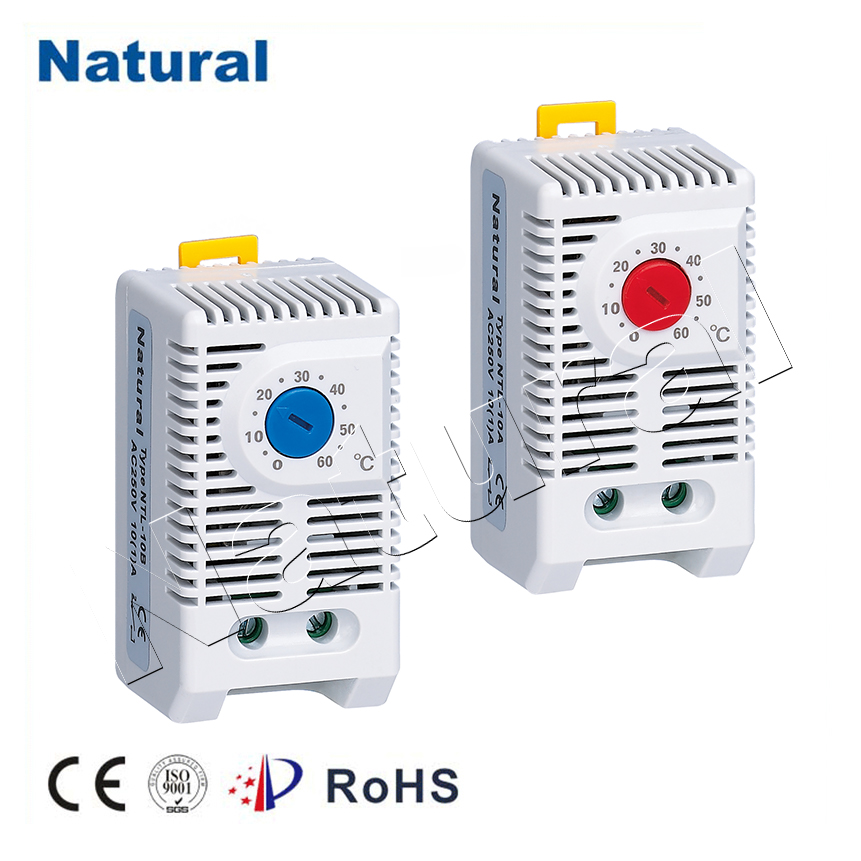 28 items Patent
28 items Patent
 28 items Patent
28 items Patent
 28 items Patent
28 items Patent

Unveil the evolution of thermostats, from manual to smart devices, reshaping comfort with precision and energy efficiency.

The Thermostat Revolution: From Manual to Smart, Redefining Comfort
In the pursuit of comfort and energy efficiency, the humble thermostat has undergone a remarkable evolution, transforming from a basic manual device to an intelligent and adaptive marvel. This thermostat revolution has reshaped the way we experience comfort in our homes and workplaces, setting new standards for precision, convenience, and sustainability.
At its inception, the manual thermostat was a simple temperature-adjusting dial, offering limited control over indoor temperatures. While serving its purpose, it relied on human intervention to set the desired temperature and required frequent manual adjustments to maintain a comfortable environment.
As technology progressed, the digital thermostat entered the scene, revolutionizing the way we interacted with temperature control. Digital thermostats replaced the traditional dial with a user-friendly screen, offering enhanced precision in temperature adjustments and greater ease of use. Users could now set specific temperatures and benefit from improved accuracy in maintaining their preferred climate.
In the quest for energy efficiency, the programmable thermostat emerged as a game-changer. This innovation allowed users to pre-set temperature schedules based on their daily routines. By adjusting heating and cooling patterns to align with occupants' activities, programmable thermostats offered significant energy savings, reducing utility bills and environmental impact.
However, the true pinnacle of the thermostat revolution came with the advent of smart thermostats. These intelligent devices leverage cutting-edge technologies like artificial intelligence (AI) and the Internet of Things (IoT) to redefine the way we experience comfort and efficiency.
Smart thermostats are equipped with advanced sensors that gather data on factors such as room occupancy, ambient temperature, humidity levels, and even users' preferences and behavior patterns. This data is then analyzed by sophisticated algorithms that adapt and optimize temperature settings automatically, ensuring maximum comfort while minimizing energy wastage.
One of the most significant advantages of smart thermostats is their remote control capability. Through mobile applications or web interfaces, users can adjust their home's temperature settings from anywhere, enabling them to arrive to a comfortable environment after a long day or adjust the temperature while away to save energy.
Another groundbreaking feature of smart thermostats is their integration with virtual assistants like Amazon Alexa, Google Assistant, or Apple's Siri. This hands-free voice control empowers users to change settings, query temperature status, or create custom commands, further enhancing the user experience and convenience.
Furthermore, adaptive learning algorithms enable smart thermostats to understand users' preferences and routines over time. By recognizing patterns in temperature adjustments and occupant behavior, these thermostats can anticipate and proactively adjust temperature settings to create an optimal environment without requiring explicit user input.
The impact of smart thermostats on energy efficiency cannot be overstated. Studies have shown that smart thermostats can lead to significant energy savings by intelligently managing heating and cooling cycles, ultimately reducing the carbon footprint of households and businesses.
As the thermostat revolution continues, the potential for further advancements is boundless. Innovations such as blockchain integration, enhanced predictive algorithms, and interoperability with other smart devices hold promise for even greater levels of comfort, convenience, and sustainability.
In conclusion, the thermostat revolution has revolutionized the way we experience comfort and energy efficiency. From the manual thermostat's basic controls to the intelligent adaptability of smart thermostats, these devices have reshaped the way we interact with temperature control in our living and working spaces. As we continue to embrace these innovations, the quest for a more comfortable, sustainable, and connected future remains ever-evolving.